A child’s early book experiences are truly experiences–the feel of the pages, the sight of illustrations, the sound of the words being read to them. (And in the case of board books, the taste of the pages as they get teethed on, but I digress.) Most kids will have a favorite book they ask to hear again and again so often that they know the words by heart. And so does whomever is reading to them.
We conducted an extremely unscientific poll on Facebook asking friends for favorite picture books from their youth. And while the research methodology is suspect, the answers we received are 100% verified awesomeness. Here’s our list:

The Poky Little Puppy by Jeanette Sebring Lowrey. Illustrated by Gustaf Tenggren. The Poky Puppy is sort of the Ferris Buehler of dogs, he stops and smells the roses instead of following his fast romping siblings. What’s not to love about a book that includes exploration, digging holes and pudding? Published as one of the first 12 Little Golden Books in 1942, it remains near or at the top of the list of all-time best selling picture books.
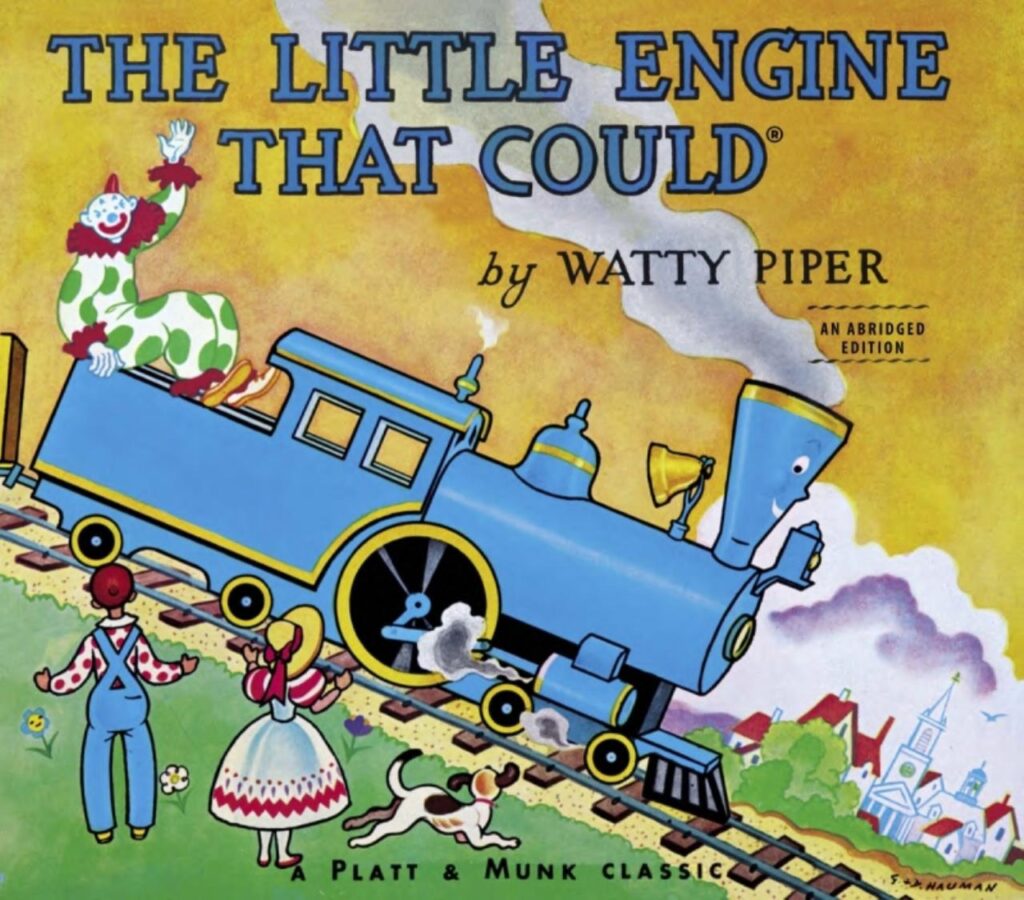 The Little Engine the Could by Watty Piper. Illustrated by George and Doris Hauman. The can-do spirit of the Little Blue Engine…”I think I can, I think I can.” There were several incarnations of the story in magazines by various authors before Platt and Munk published their first version in 1930. The iteration shown above, the one most of us know, was published in 1954. Although we all deeply wish there was someone named Watty Piper, in reality, it was the pen name of Arnold Munk. And although it has seen many reimaginings by other illustrators and animators, the one most of us cherish is the one with the Hauman’s illustrations; simple, straightforward and in colors that make us happy fall into the pages.
The Little Engine the Could by Watty Piper. Illustrated by George and Doris Hauman. The can-do spirit of the Little Blue Engine…”I think I can, I think I can.” There were several incarnations of the story in magazines by various authors before Platt and Munk published their first version in 1930. The iteration shown above, the one most of us know, was published in 1954. Although we all deeply wish there was someone named Watty Piper, in reality, it was the pen name of Arnold Munk. And although it has seen many reimaginings by other illustrators and animators, the one most of us cherish is the one with the Hauman’s illustrations; simple, straightforward and in colors that make us happy fall into the pages.

Go, Dog. Go! written and illustrated by P.D. Eastman. Dogs in all colors, shapes and sizes going places in all manner of conveyances–this classic is funny and wildly popular with readers of all generations. First published in 1961, it’s part of Dr. Seuss’s Beginning Readers group. Like the other books from that series, it’s few words and and simple pictures. “A red dog on a blue tree.” (next page) “A blue dog on a red tree.” (next page) “A green dog on a yellow tree.” Hardly the stuff of lyrical fiction and hard to imagine as a book that would captivate night after night. But Mr. Eastman’s dogtastic illustrations and imaginative things that dogs might get up to have made this a complete hall of fame bedtime book.
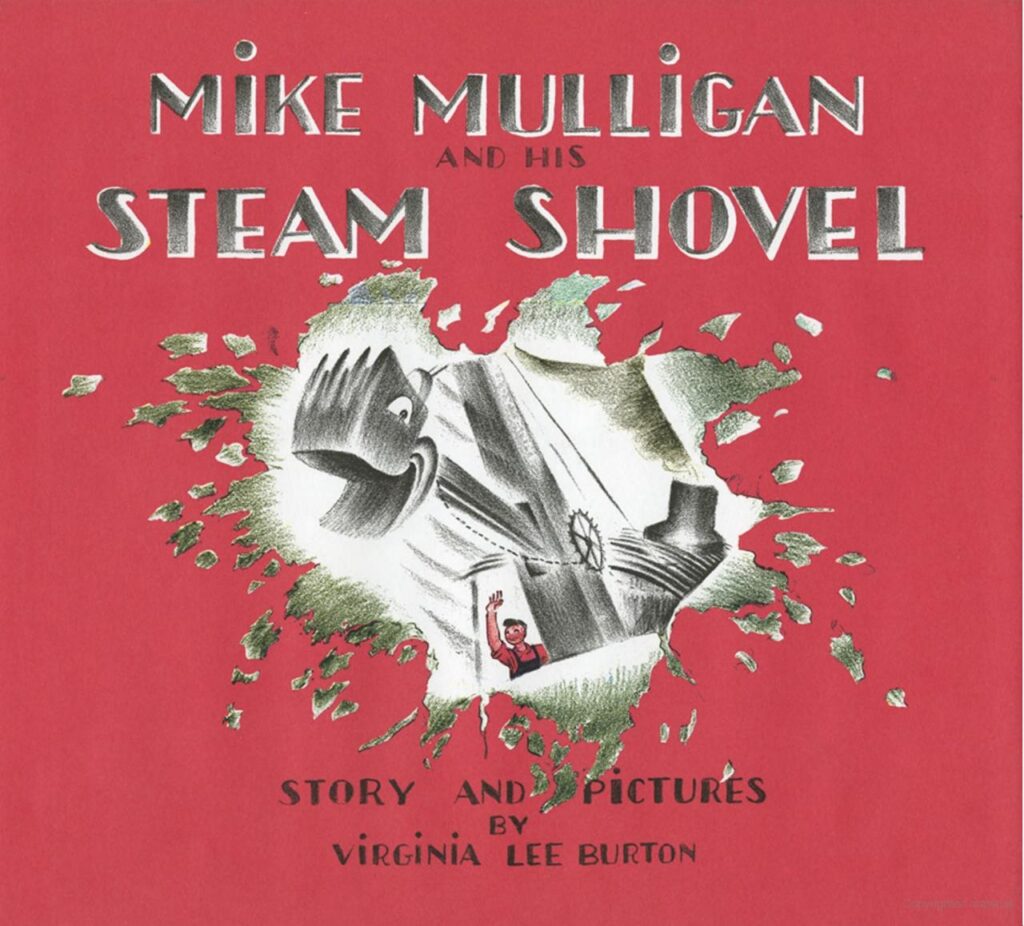
Mike Mulligan and his Steam Shovel, written and illustrated by Virginia Lee Burton is a classic story, finding a home on many best ever lists. Mike and Mary Ann the Steam Shovel were losing jobs to newer digging machines. So they set off to find a place where they could still dig, dig, dig and set themselves quite a challenge: to dig the hole for a new city hall…in just. one. day. Like most of Ms. Burton’s books, they are the kind of books that end by making you feel that being down does not mean you are out.

Eloise: A Book For Precocious Grown-Ups and Eloise at Christmas, written by Kay Thompson and illustrated by Hilary Knight lived a dream life of mischief and fun from her suite at the tippy top of the Plaza Hotel in New York. Kay Thompson started out thinking she was writing Eloise for grown ups, but kids grabbed ahold of her and she’s been theirs ever since. She’s been enchanting readers of all ages since the 1950s. Eloise love is pretty enduring, even now you can stay at the Eloise suite at the Plaza.
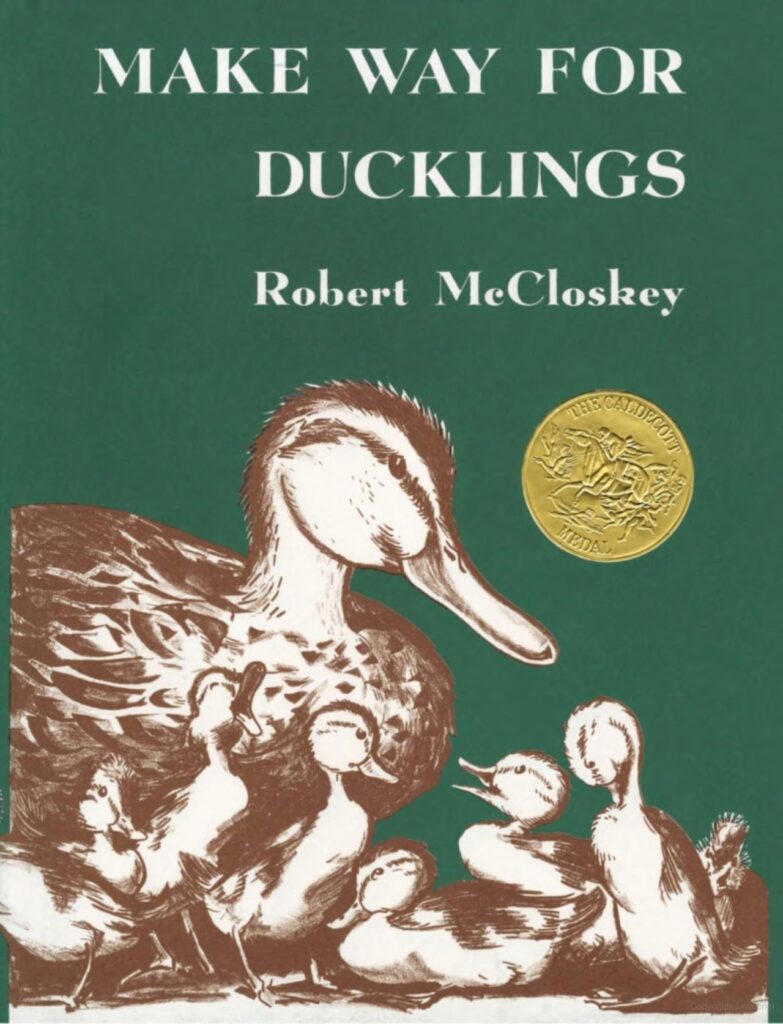
Make Way for Ducklings, written and illustrated by Robert McCloskey in 1941 isn’t just beloved in the City of Boston. It’s worshipped, right down to the bronze ducking statues in the Public Garden. It’s not easy finding a place to raise duckings in Boston. And trying to get from the Charles River to the Public Garden as an adult isn’t easy, let alone as a mama duck with Jack, Kack, Lack, Mack, Nack, Ouack, Pack, and Quack to keep in line. But leave it to a woman–Mrs. Mallard gets the job done.
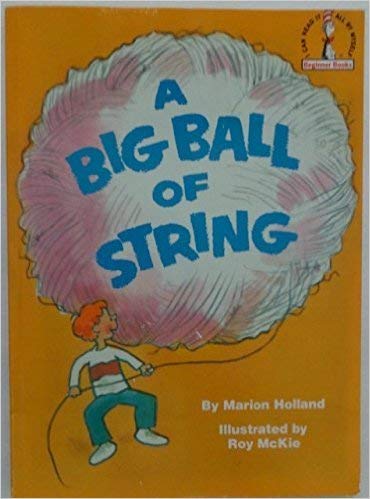
Big Ball of String by Marion Holland has had two lives. First published in 1959, it went out of print and came back by popular demand with new illustrations. Once you wind yourself a big ball of string, you can do anything, anything at all. Written in rhyme, it’s a happy bedtime read aloud and that becomes a beloved early reader.
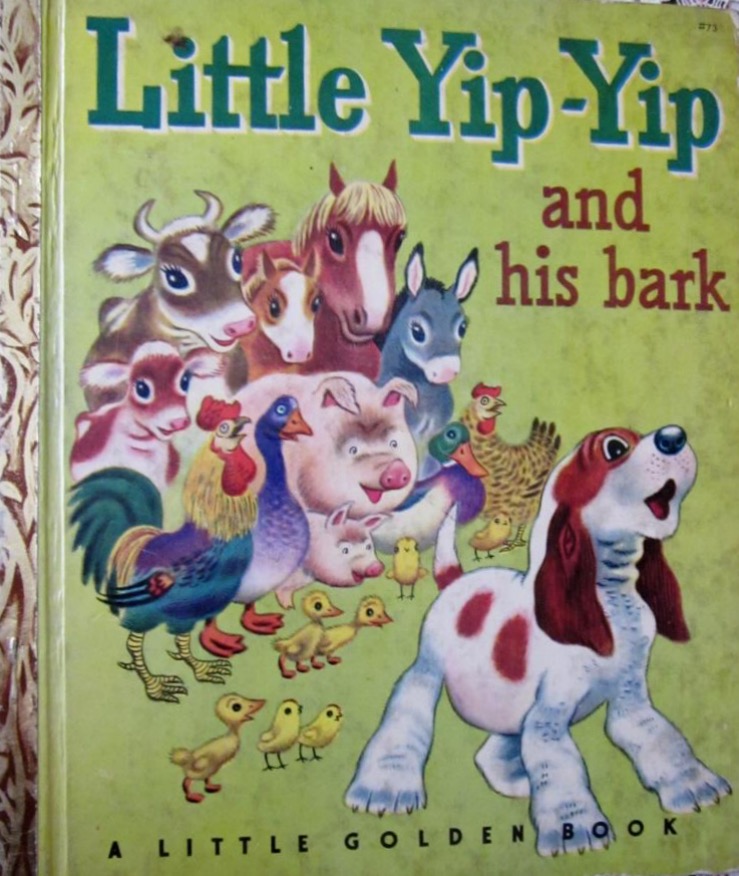
Little Yip-Yip and His Bark by Kathryn and Byron Johnson with illustrations by Tibor Gergely comes from the press that launched so many happy childhood memories, Golden Books. In this 1950s classic, a tiny puppy learns to make himself heard.

Better Homes and Gardens Story Book is more proof that anthologies are the best kind of books for a kid’s bookshelf. No matter what mood you are in, you can find a story to fit it. And the illustrations never fail to satisfy. There are many volumes and incarnations of this collection, with stories and excerpts selected and edited by Betty O’Connor.

Yertle the Turtle by Dr. Seuss is a story collection as well. Choosing one Dr. Seuss book as a read aloud favorite is like choosing a single flavor of ice cream. How can you pick when they are all good? They all have a moral, they all have a lilt of language and they all have the illustrations that are the right mix of humor, whimsy and just a tiny bit edgy. But Yertle is perhaps one of the faves because it involves a burp. And burps are universally hilarious.
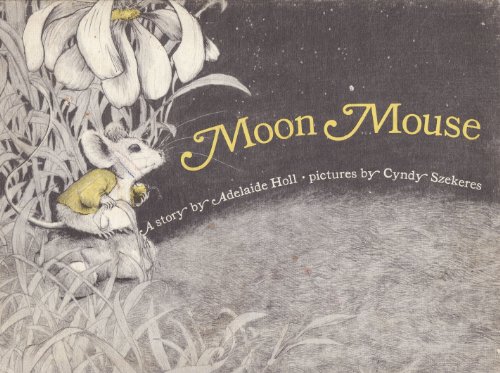
Moon Mouse by Adelaide Holl with illustrations by Cyndy Szekeres was definitely on topic when it was published in 1969. A young field mouse named Arthur goes on a quest to find out what the big old moon was made of. Meanwhile, an astronaut named Armstrong was able to answer that question for him first hand.
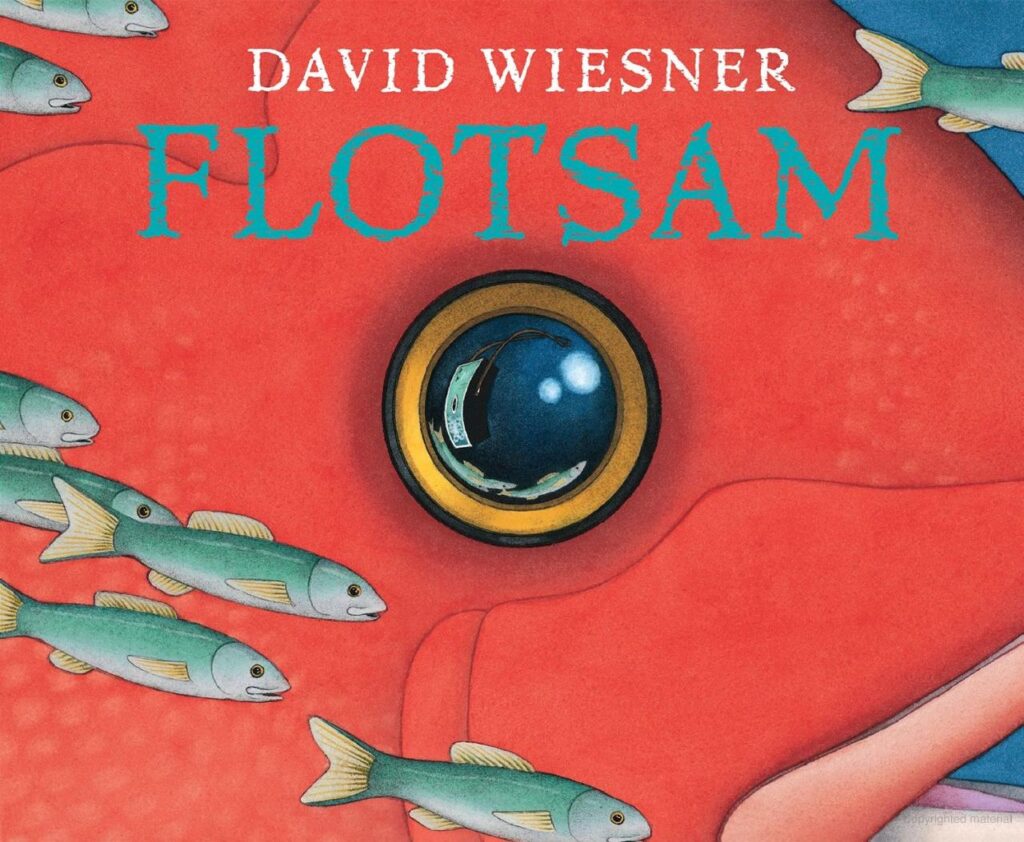
Tuesday and Flotsam by David Wiesner are the very definition of picture books, a story told almost entirely with pictures and very well indeed, since Tuesday won the Caldecott Medal in 1991 and Flotsam won the Caldecott Medal in 2007. Both full of magical imagination, Tuesday follows the escapades of frogs on flying lily pads as they tour a town and Flotsam shows what is on the film in a camera that a boy finds washed up at the beach after he has it developed.
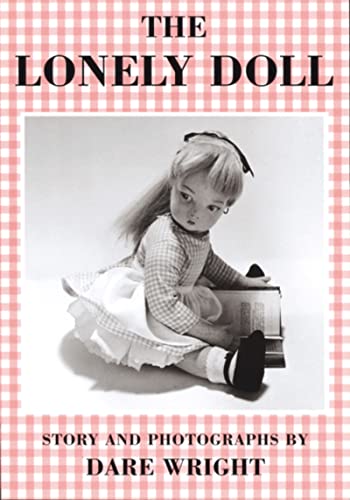
The Lonely Doll and the other nine Edith books by Dare Wright are double win for vintage lovers since they are vintage books of vintage photographs of vintage toys. Title character Edith is a Lenci doll from the 1920s, Mr. Bear is a Schuco toy and Little Bear is a Steiff bear, both from the 1950s. The glorious realism of the black and white photographs explains why these books, written from 1957 to 1981, have remained in print.
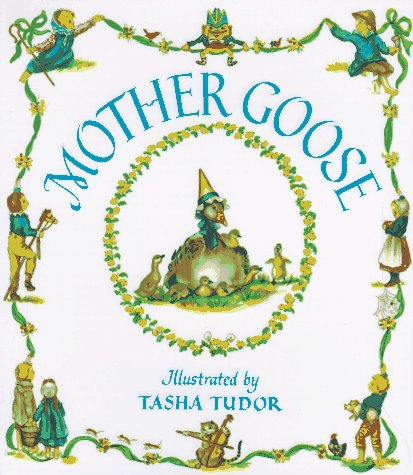
Tasha Tudor was a prolific New England author and illustrator for most of the 20th century. Winner of the Caldicott medal for Mother Goose in 1945 and 1 is One in 1957, Ms. Tudor illustrated two to three books a year for both adults and children. Her passion was New England history and lore, many of her books captured a simpler life. Her Corgiville books have an enduring fan base.
Survey respondents also suggested some of their favorite read alouds that might not meet the clinical definition of picture books but still have entrancing illustrations and more important, prose that demands to be heard.
Winnie the Pooh
Homer Price (particularly the story about the doughnut machine)
Mother West Wind Stories
The Oz books
Black Beauty
Thanks to:
Kris, Leslie, Patrice, Donna, Margie, Allan, Mary, Pat, Diane, Craig, Peter, Jim,
Anne, Karen, Christina, JayDee, Linda, Helen & Mary Ellen
for sharing your faves and your enthusiasm.

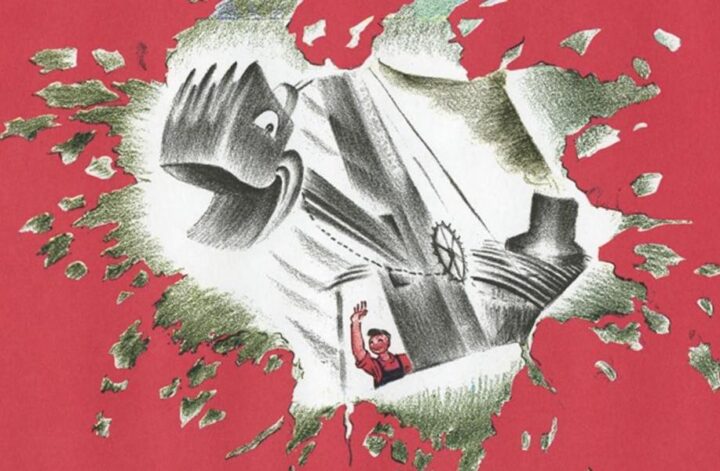

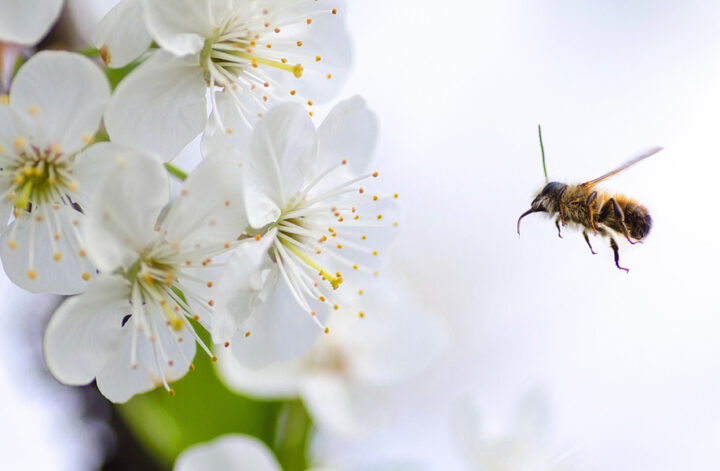

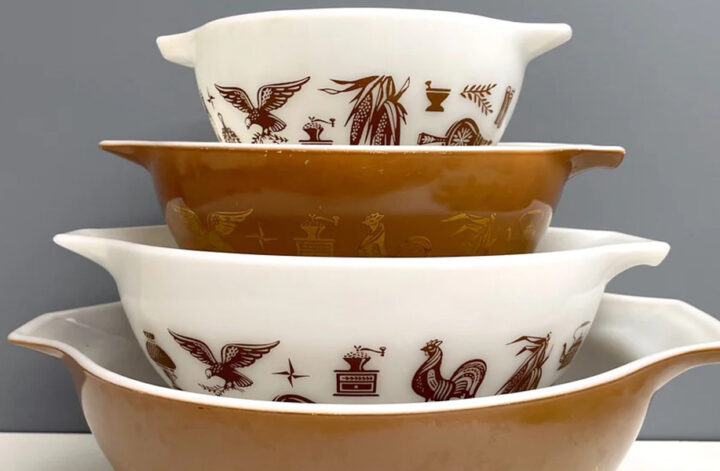
2 comments
Ugh! Love this! It brings back such memories. Two books that come to mind as well one older, one newer. Where the wild things are and the book with no pictures. Both classics.
Great article. Loved reading some of these to not only my children but also to my grandchildren.